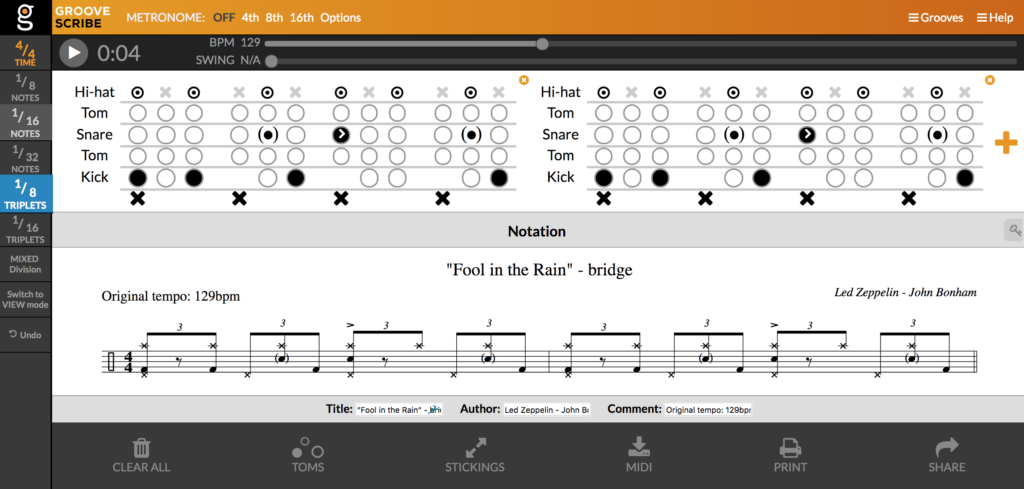

Former combination included acetone and water while the latter combination was toluene and water. In this article we report the results obtained from ultrafast laser ablation of silver targets immersed in polar/polar miscible and polar/non-polar immiscible combinations of liquids with laser pulses of ∼2 ps duration.

A mathematical model was developed to describe the size and dispersity of the structures deposited and the variation of the position and size of the spectral plasmon peaks in response to the sample processing parameters, with the aim of allowing for a degree of control over these properties and gaining some understanding of the mechanism of this deposition process. The plasmonic properties and morphologies of the surfaces were examined using UV–Vis spectroscopy and Scanning Electron Microscopy (SEM) respectively. During this investigation, a Nd:YAG laser was applied to deposit gold nanostructures directly onto a polymer substrate. Herein, the CAP process is examined in an effort to better understand the process and to begin determining the means to control the properties of the nanostructured surfaces produced by varying the laser fluence and the scan strategy during the ablation. The CAP technique has these advantages because it is an atmospheric laser-based direct deposition technique. In contrast, this investigation is focused on the inexpensive, environmentally friendly and fast technique of Confined Atmospheric Pulsed laser deposition (CAP). These are however often expensive, time-consuming, and difficult to produce. Detailed study of the nanocomposite revealed its potential applications in optoelectronics and nonlinear optical device fabrication.Īs nanotechnology has developed, the creation of nanostructured surfaces has garnered attention for their uses in sensing and catalysis applications. The nanocomposite showed good absorptive and refractive properties in the nonlinear optical regime. The nonlinear optical parameters were figured out by z scan analysis with the same laser system. Average particle size of the ZnS nanoparticles was found to be 13.45 nm from the Gaussian fitted histogram of transmission electron Microscopy image and the structure was confirmed as hexagonal wurtzite by X-ray diffraction analysis. Spherical morphology and the purity in the elemental composition of the sample were confirmed by scanning electron microscope and energy dispersive X-ray spectrometer respectively. Both absorption and emission peaks were found to be blue shifted, which could be due to quantum confinement effect.

Linear optical characterizations were done using UV–Vis spectrophotometer and fluorometer. ZnS/Poly Vinyl Pyrrolidone nanocomposites were synthesized by pulsed laser ablation at ambient conditions using an Nd: YAG laser at 532 nm wavelength and 7ns pulse width. This article reports the adaptation of the x-y table drafting plotter to form buried contact grooves. The application of the adapted plotter to cell fabrication did not show any significant deterioration in the electrical output parameters for the mechanically scribed cells when compared with laser scribed cells. Of the seven characterized scribing tips, the 90° conical scriber has been found to give the same groove geometry as the laser. The characterization of the scribing tips in conjunction with the plotter showed that the best yield for the scriber is obtained when the scribing tip is mounted at 78° to the stock. The adapted plotter can scribe cells in matrix form to reduce the human labour and increase the production throughput. To reduce cost and increase production throughput a drafting plotter has been adapted to serve as a mechanical scriber for groove formation. The production throughput is also low and thus adds to the cost of the cell. Nd-YAG) have been used extensively for groove formation both in laboratories and commercial production but the initial capital cost is high.


 0 kommentar(er)
0 kommentar(er)
